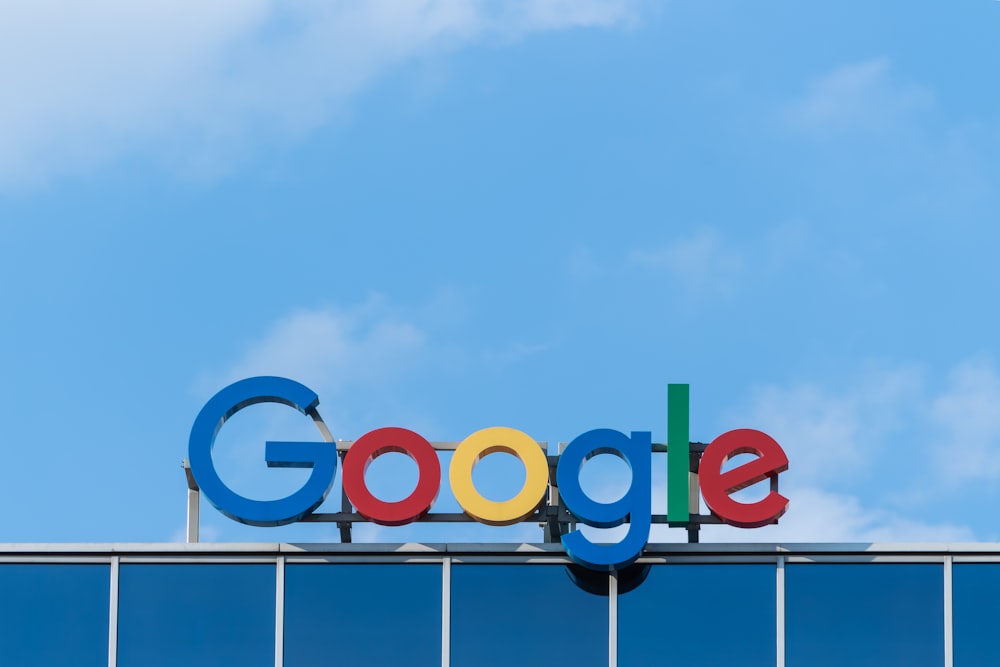Google’s Veo Is Almost Here
Image Source: Unsplash
Google (GOOG, GOOGL) is just about to drop Veo, a video generation model that can create high-quality 1080p footage from text, image, and video prompts. Announced at Google I/O, Veo outputs cinematic shots with accurate physics, realistic motion, and a surprising grasp of visual storytelling — all from a short prompt. It joins a fairly substantial list of competitors; see my lists of the top 10 global and top 5 Chinese text-to-video models below.
Veo supports advanced controls like masking and camera movement, and it even understands cinematic terms like “timelapse” or “aerial shot of a landscape.” Google says it worked closely with artists and filmmakers to align Veo’s capabilities with creative workflows, including Oscar-winning director Donald Glover and his creative studio Gilga.
The rollout is limited for now. Veo is available to select creators through VideoFX, and Google says broader access is coming “soon.” The model will also integrate with YouTube Shorts and other Google products down the line — an advantage OpenAI doesn’t have.
This isn’t a research paper or a teaser trailer — it’s a real product. I’ve had access to Veo for about a month, and I can tell you first-hand: it’s pretty spectacular. Magical, really.
Google’s ecosystem integration will make Veo even more interesting. It’s likely to have a major impact on video creation because everyone will be a description and a tap away from producing and distributing all the video they can think of.
Some people will call this new genre of vibe-video creation “AI slop.” That’s about as useless a description — and as egotistically pejorative — as saying YouTube and UGC were only good for videos of cats on skateboards. We’re on the cusp of something incredibly new and incredibly exciting.
Global Leaders in AI Video Generation
- OpenAI – Sora: Advanced text-to-video model producing high-resolution, realistic videos from textual prompts.
- Google – Veo: Generates cinematic 1080p videos with accurate physics and motion, integrated with Google’s ecosystem.
- Runway – Gen-3 Alpha: Offers real-time video generation with tools for editing and cinematic production.
- Pika Labs – Pika 1.0: Enables collaborative editing and supports various styles, including anime and 3D animation.
- Luma AI – Dream Machine: Focuses on high-speed rendering and realistic video generation from text and images.
- Adobe – Firefly Generate Video: Integrates with Adobe Creative Cloud, allowing text-to-video and image-to-video generation.
- Meta – Movie Gen: Generates personalized videos up to 16 seconds long, supporting video, image, and audio inputs.
- Kling AI: Provides high-quality, realistic video generation with advanced motion control features.
- Hailuo Minmax: Specializes in generating complex and long-duration videos from text and images.
- Magic Hour: Offers tools for video manipulation, animation, and free AI-powered video editing.
Chinese Innovators in AI Video Generation
- Vidu AI: Developed by Tsinghua University and ShengShu Technology, Vidu transforms text and images into high-quality videos, supporting various creation modes.
- AccVideo: An efficient distillation method to accelerate video diffusion models, achieving faster generation speeds.
- Hunyuan Video (Tencent): Tencent’s AI video generation platform focusing on high-quality video synthesis from textual descriptions.
- Kuaishou – Kling AI: Kuaishou’s AI video tool offering realistic video generation with advanced features.
- Alibaba – Qwen Video: Alibaba’s AI model capable of generating high-quality videos from text prompts.
More By This Author:
The MCP Revolution: Why This Boring Protocol May Change Everything About AI
Our GPUs Are Melting: The Real Cost Of AI Image Generation
Google’s Gemini 2.5: AI That Thinks Before It Speaks
Disclosure: This is not a sponsored post. I am the author of this article and it expresses my own opinions. I am not, nor is my company, receiving compensation for it.




